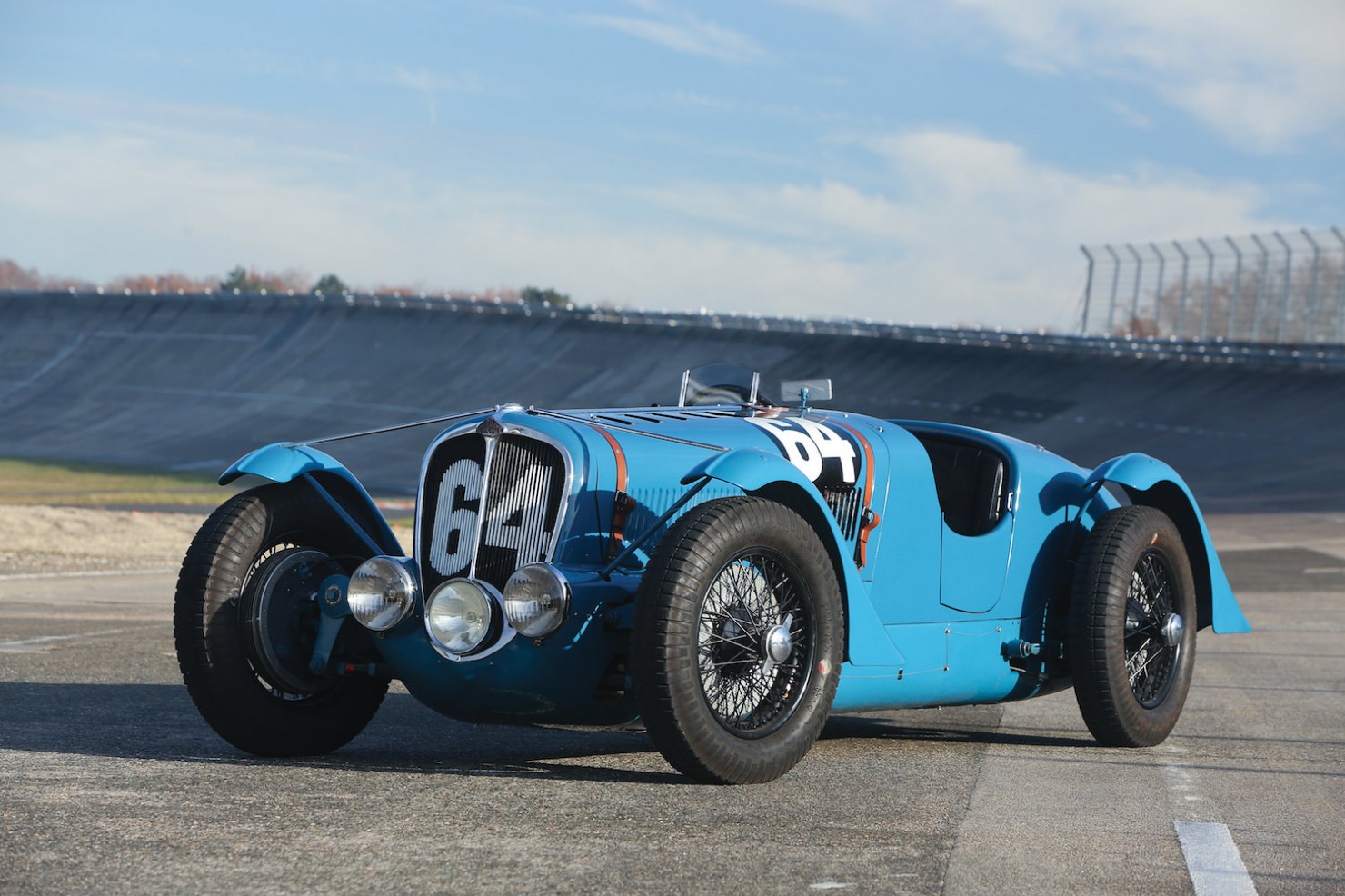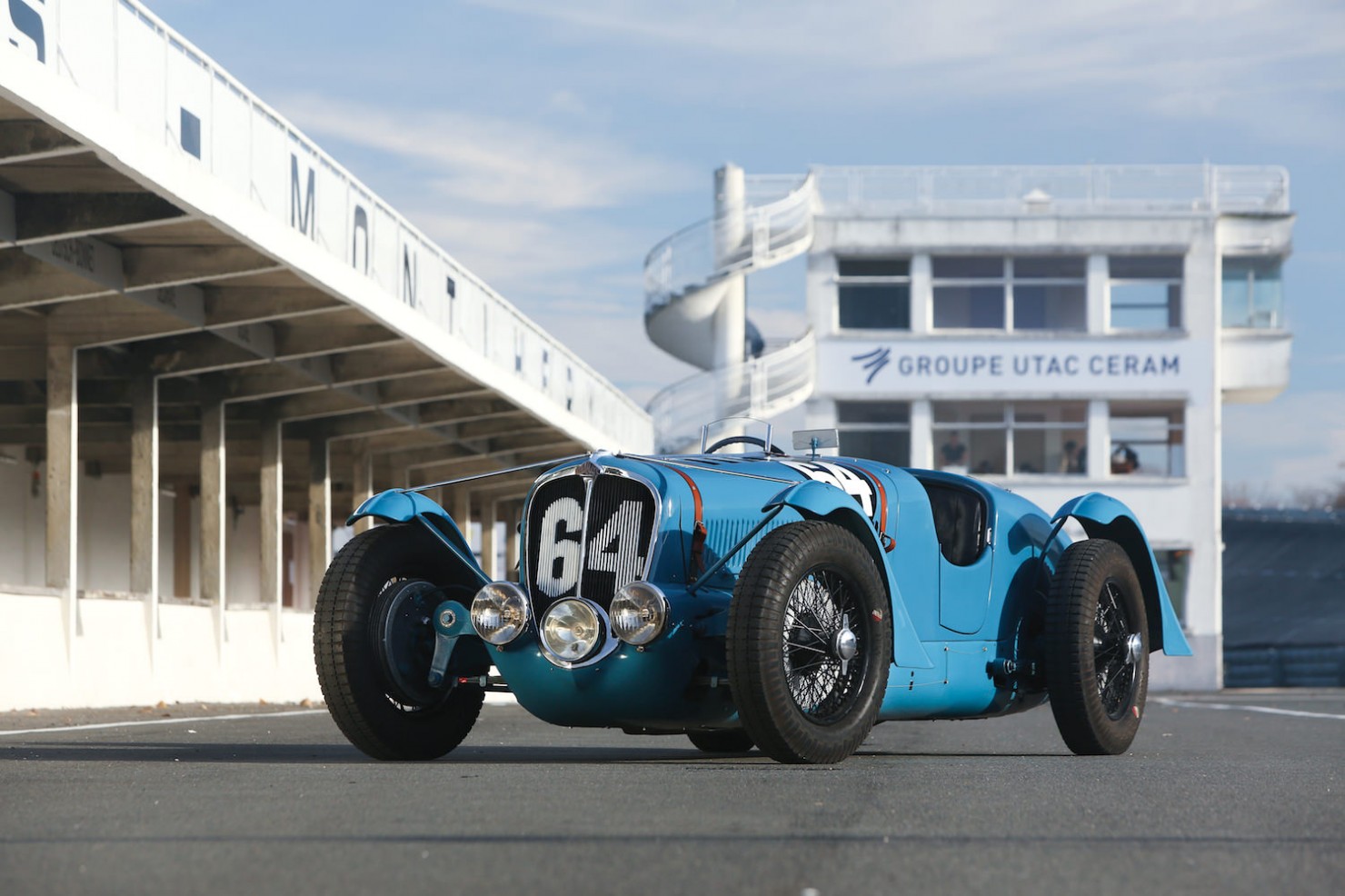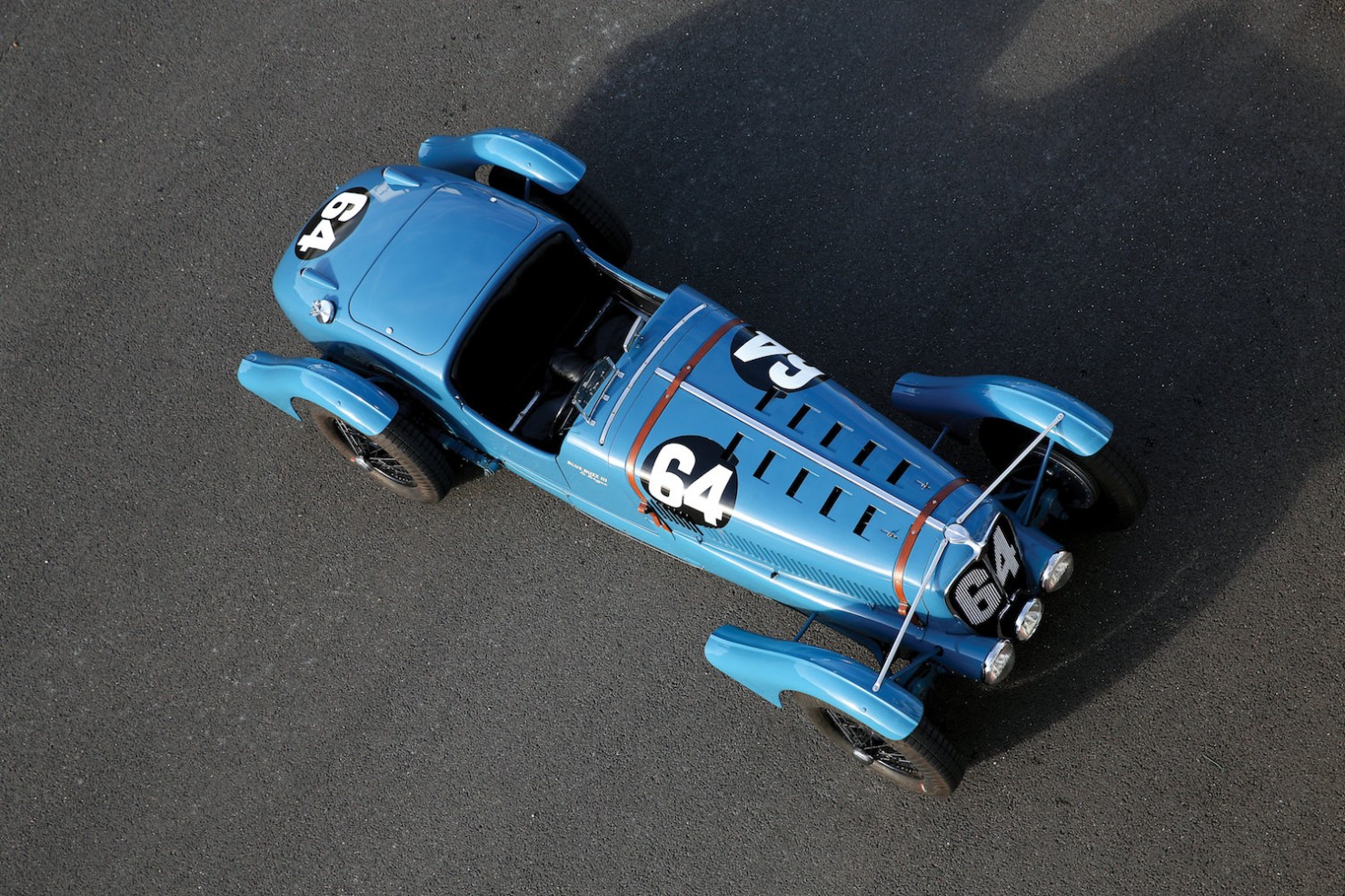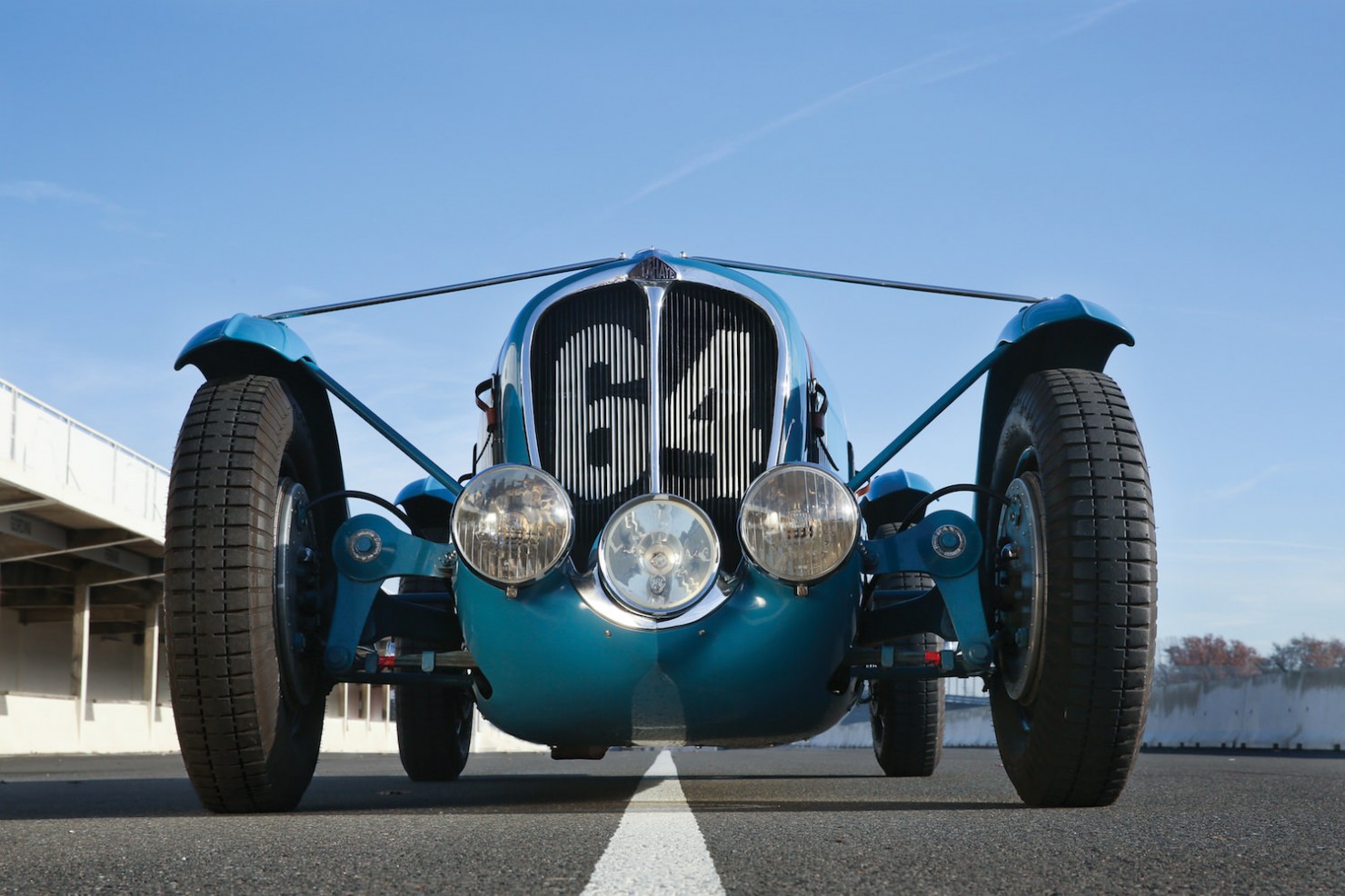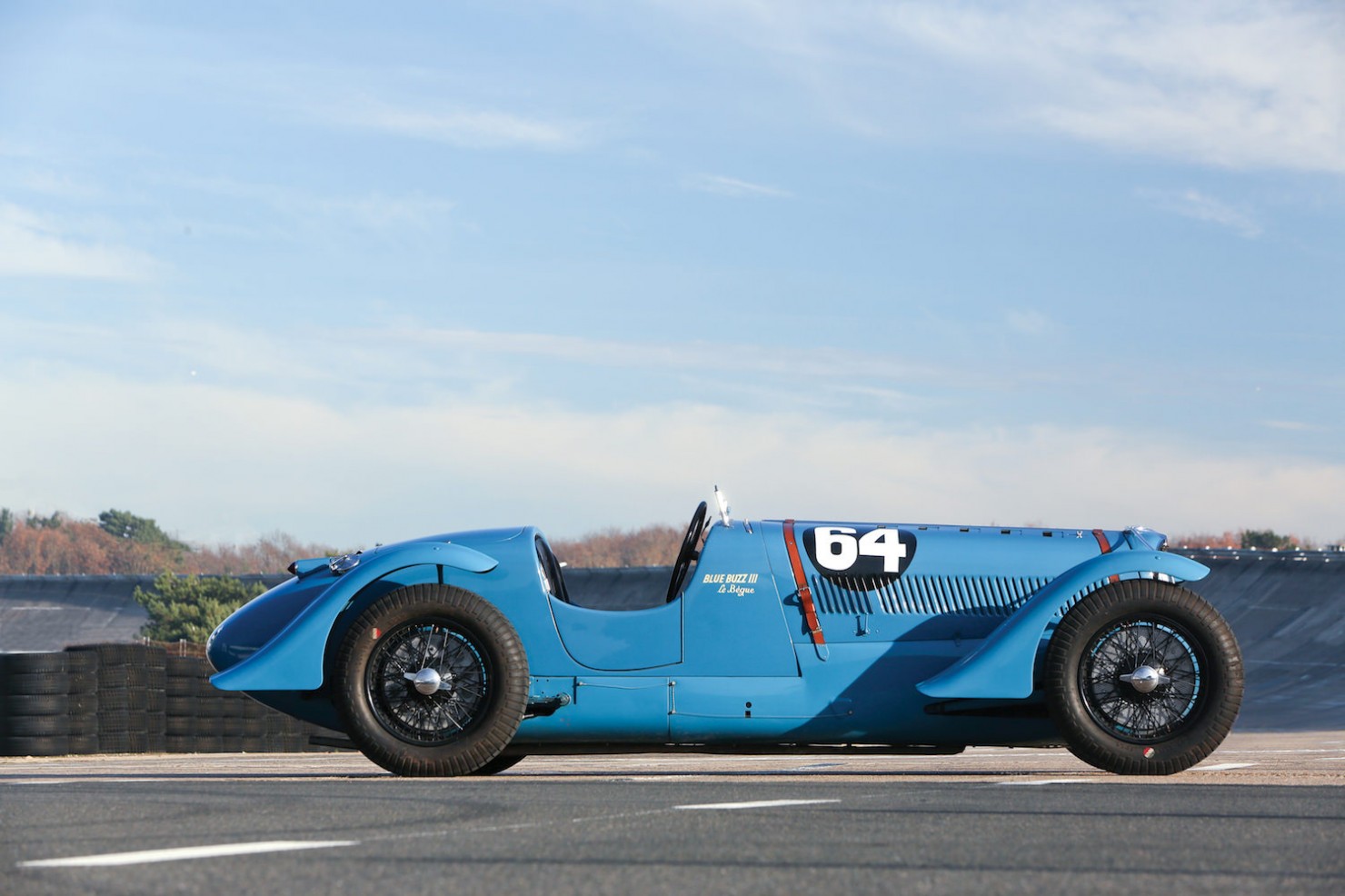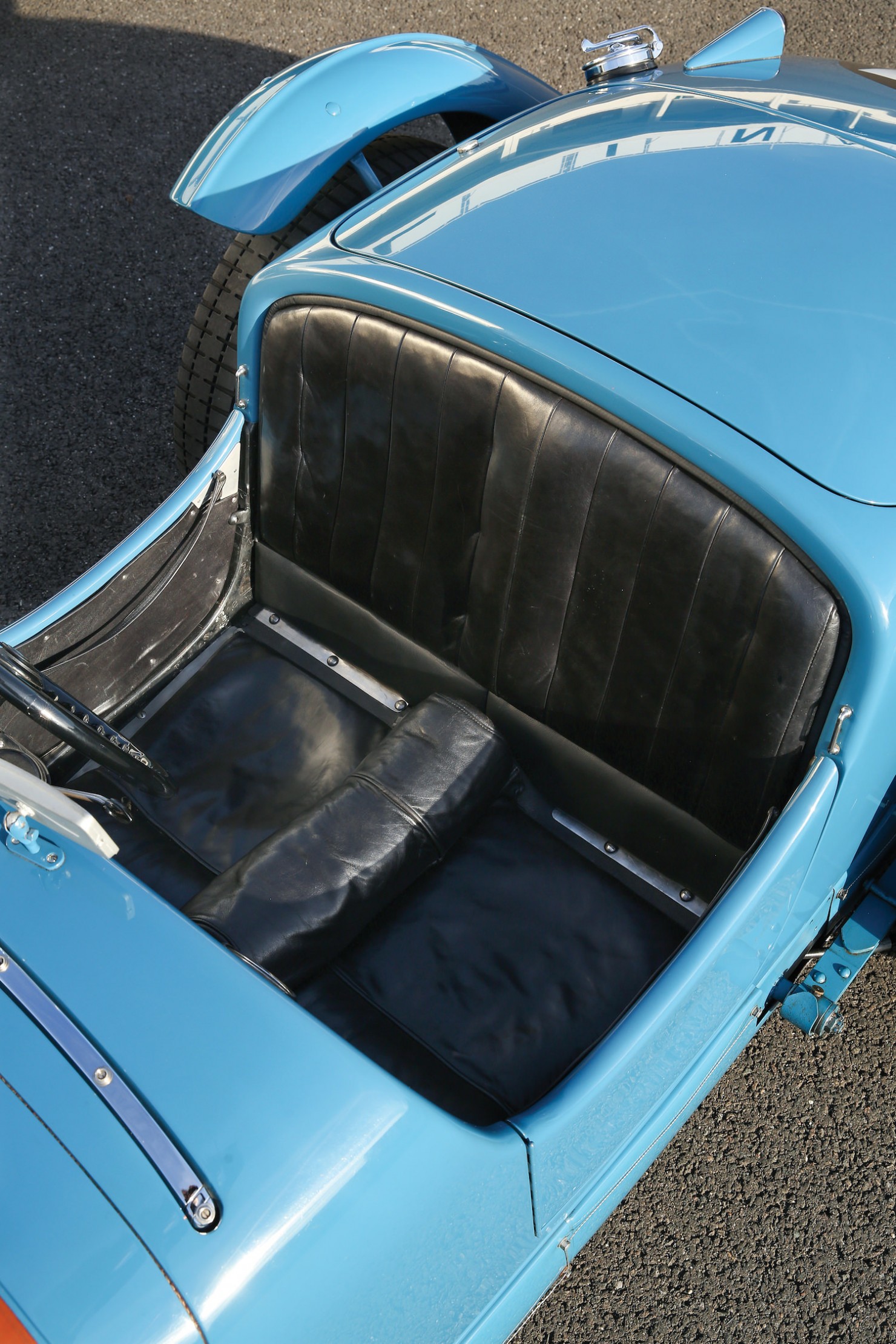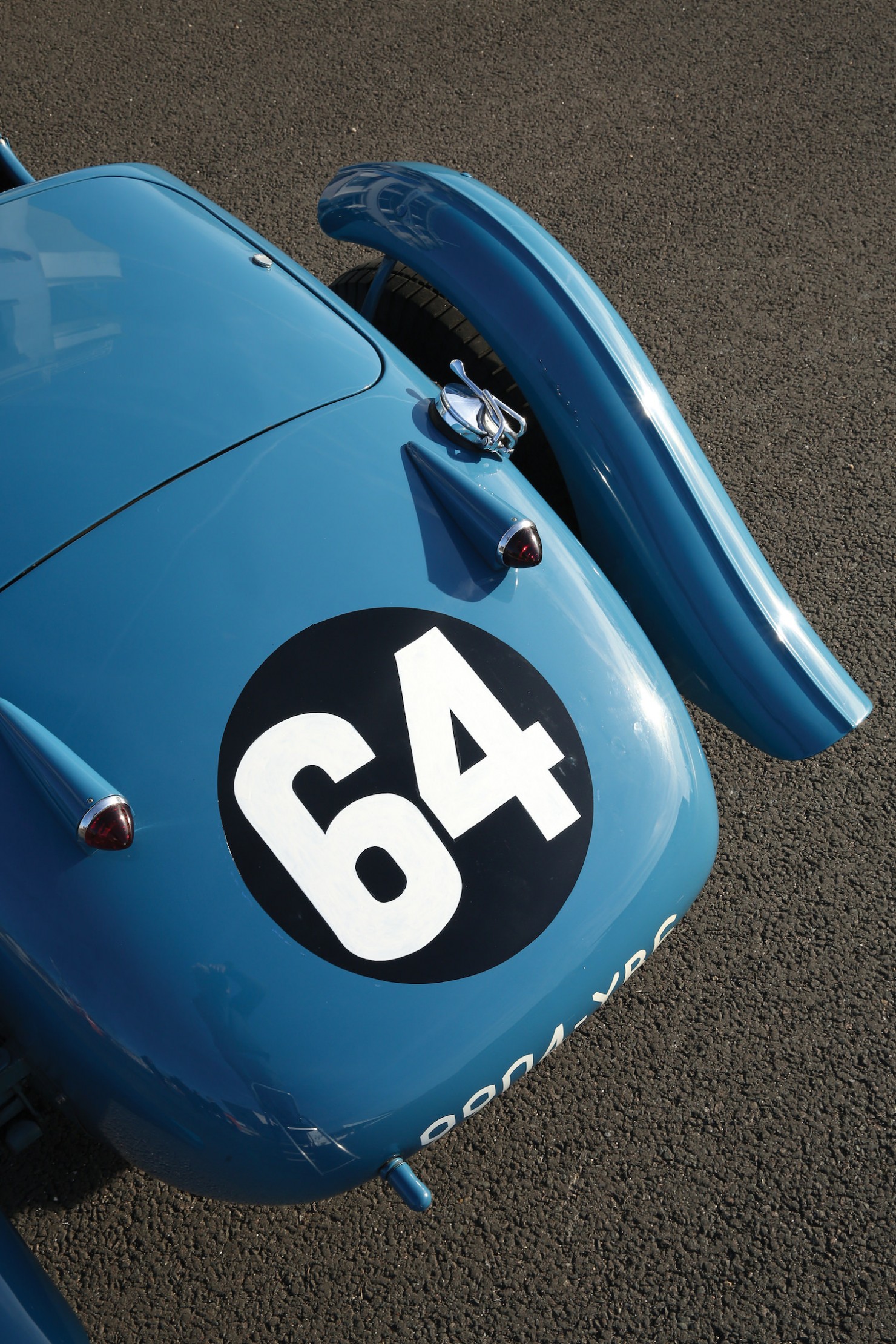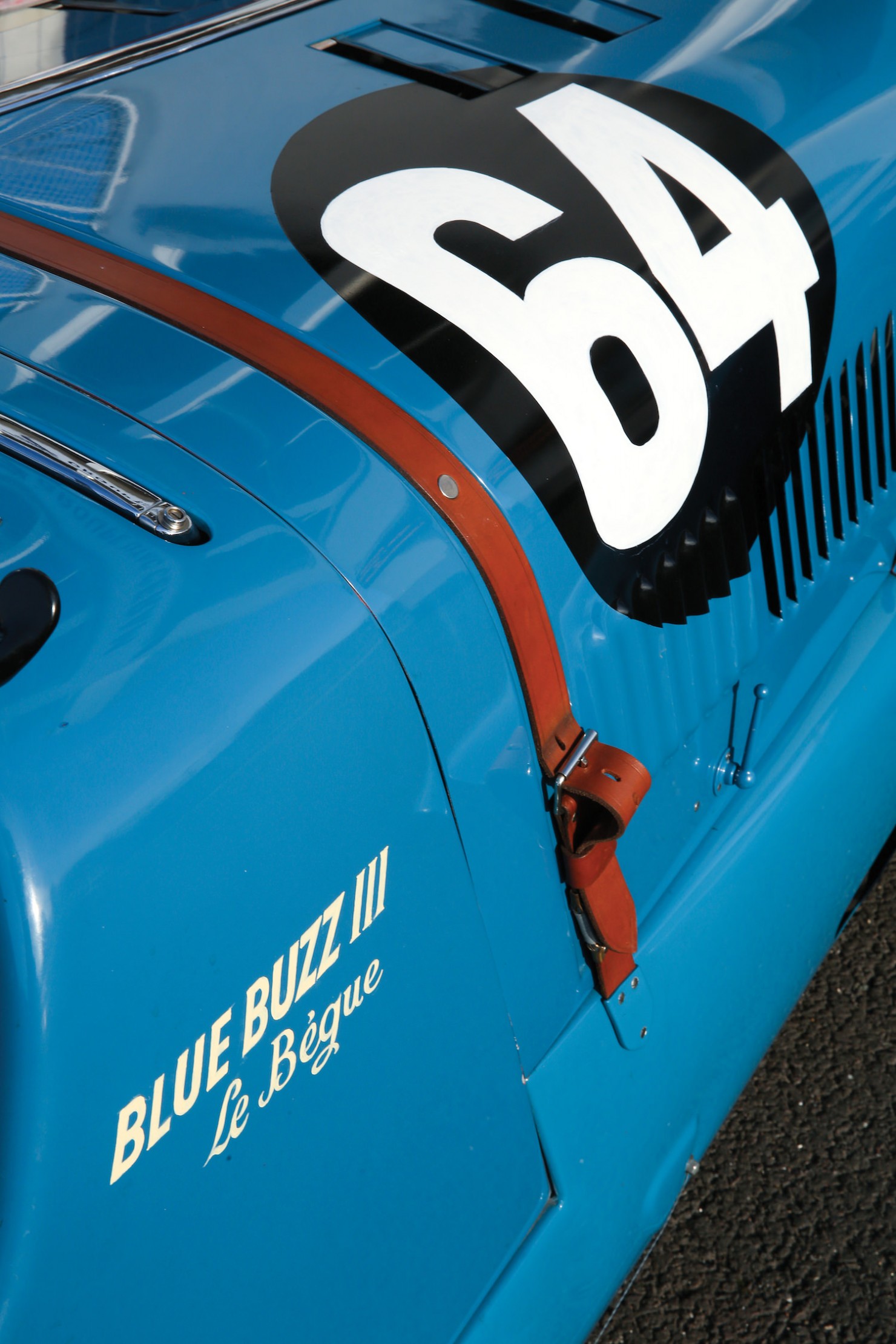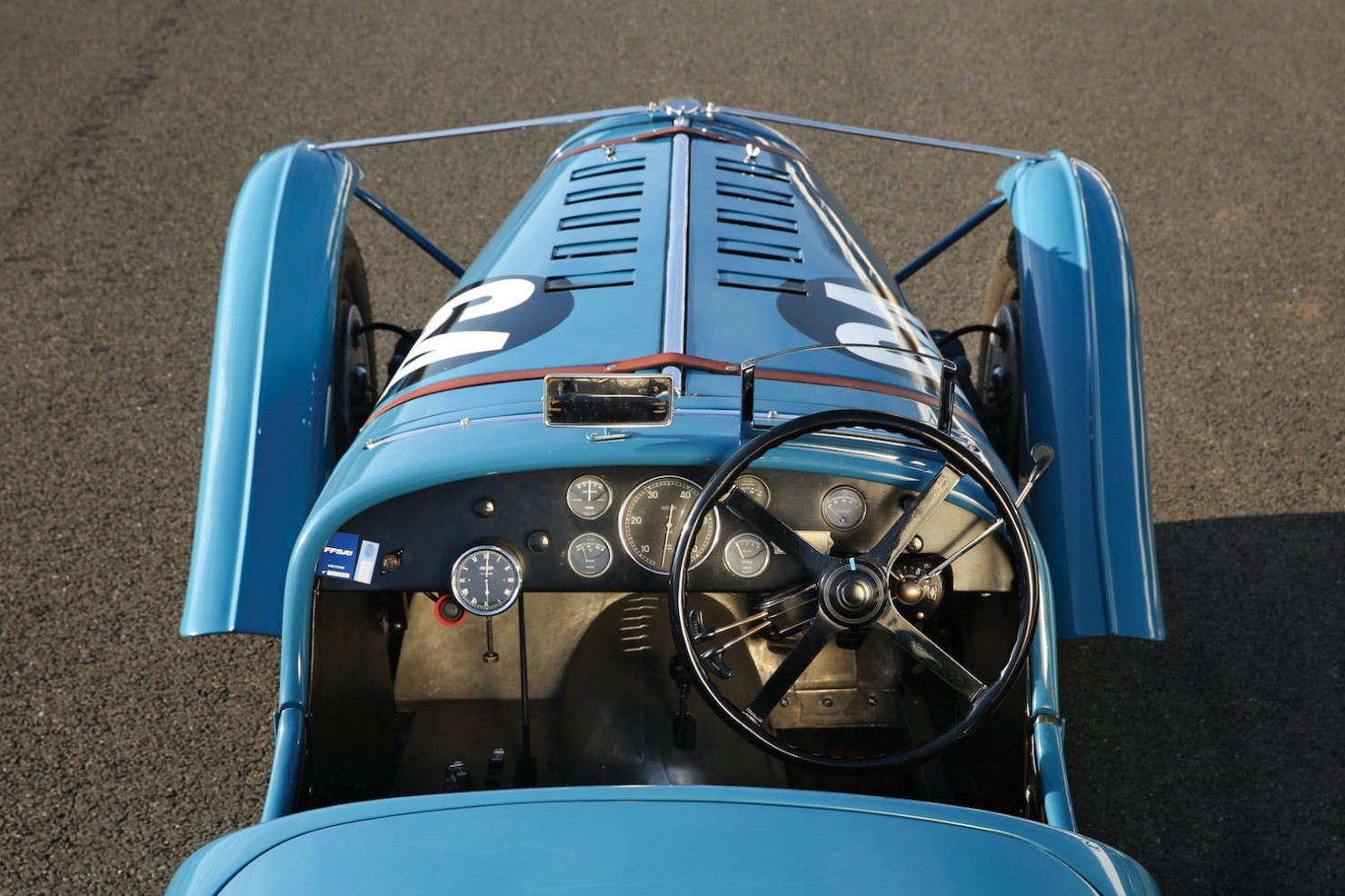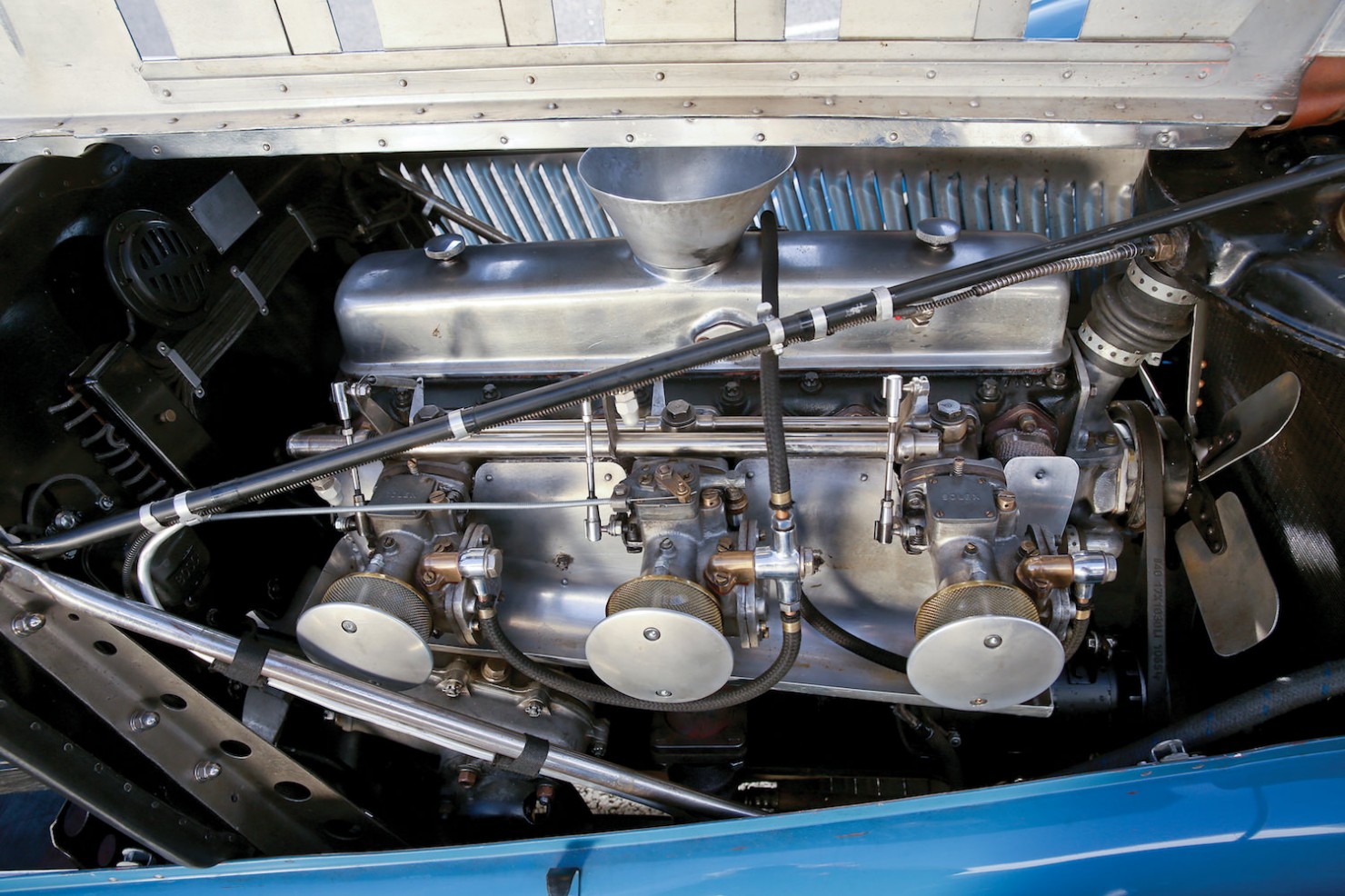Nothing beats a Street Tracker for attitude and fun. A dirt road in front of you?...cool, twisty pavement?...that's all good too. We built this 2010 Sportster 48 for MotoUSA President Don Becklin and used it as an experimental platform for our new Machine Ops Finish, Vintage Sportster gas tank, flat track tail, Mid Control and a new exhaust concept. She started life as a Sportster 48. The first mod was a new billet top triple that accepts any riser combo, eliminating the cast in riser. We then used our Pro Step Bar with a nice flat track style pull back and Vintage 4 bolt risers.
We threw a vintage twist at this machine with a prototype Sportster version of our classic Vintage Gas Tank which looks at home on a Flat Tracker. 14.5” progressive 970 series reservoir shocks, 19” Slam wheels and sticky flat track rubber achieve the classic Dirt Track stance we were going for. Since this bike will spend the majority of its life on the pavement, Jamie from Micah Racing hooked us up with a set of the new DOT approved, street legal, Mitas flat track tires. The Sporty Tracker was a test bed for our newest finish Machine Ops and this is one of the iterations of the original idea with a bit of tint to it.
The bike features a host of prototypes including the wild 2-into-1-into-2 Slant Carbon Works finish exhaust, mid controls, custom silicone oil lines by Samco, aluminum tail section, gas tank kit, billet triple clamp for standard risers and front frame guard. At the heart of it all still lies the basis of the Stock 48, but the owner wouldn’t be able to tell. In the end, he got what he asked for because we built what we wanted, which is what he wanted.. or something like that. Everybody wins. Check out the full write up from Byron Wilson at MotoUSA here!
One of the joys and major responsibilities of being a bike builder comes when someone trusts you to tear their pride and joy down to the frame and recreate the machine as something completely different. This task is made ever more interesting when the customer says, do what you want. This is magic to our ears. Inevitably there’s the question of a budget which reins the creative process in, but with somewhat free reign it allows us to experiment with styles. One of our favorite styles is the Streetracker. Both comfortable and fun to ride, the Streetracker comes in many forms. Keep track of this build as we plan to throw a classic vintage twist at this machine.
Posted In: RSD

